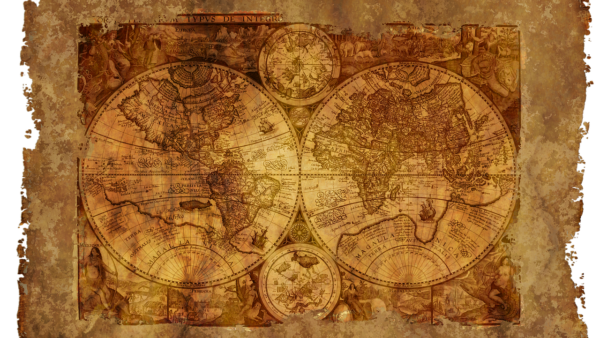Hurricane season brings swirling storms bearing names into our awareness each year. But this wasn’t always the case. Let’s explore the history of hurricane naming and some fascinating facts along the way.
Early History of Hurricane naming
Prior to 1950, hurricanes were identified by the year and order they occurred. For example, the 3rd hurricane of 1933 was “Hurricane 33.”
This system was straightforward but lacked distinction between storms in the same year. As aviation and marine interests grew in the first half of the 20th century, the need for clearer storm references increased.
Let’s Name Them After Women?
In 1953, the US National Weather Service began using female human names to label storms in the Western Atlantic Ocean.
This practice started informally with a WII meteorologist, Grady Norton, naming storms after his girlfriend Agnes and other women. The Weather Service made it official, intending to simplify communication and preparedness.
An alternating male and female name list was developed for Atlantic hurricanes. The first officially named storm was Hurricane Barbara in 1953.
Growing Awareness of Sexism
In the history of hurricane naming, the gendered naming convention persisted without much debate. However, the feminist movement of the 1960s and 70s raised awareness of sexism issues inherent in always linking destructive storms with women’s names.
Women’s rights advocates argued the practice perpetuated offensive stereotypes. By 1979, both male and female names were integrated into hurricane naming lists.
Responsibility Shifts to WMO
In 1977, the United Nations World Meteorological Organization (WMO) assumed control of global hurricane naming. The WMO introduces names on a 6-year rotation, recycling names unless a storm is highly destructive or deadly.
Today, name lists are contributed by WMO member countries. Selection criteria includes short, distinctive names that are familiar to relevant cultures.
The Move Towards Gender Neutrality
In the 21st century, sensitivity and inclusiveness became higher priorities around hurricane naming. The WMO shifted to more gender-neutral name selection, avoiding overtly feminine or masculine names.
There is now greater ethnic and geographic diversity among hurricane names. However, advocacy groups continue pushing for more gender neutrality in naming practices.
What began as an informally gendered system evolved considerably as views on equality progressed. Hurricane naming remains crucial for safety, but now balances modern sensibilities.





